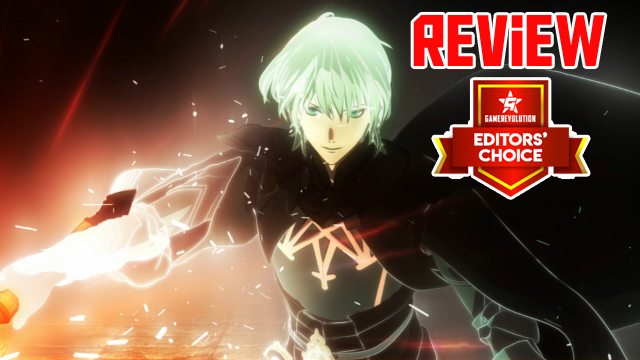Fire Emblem: Three Houses brings the series to a new platform, and in many ways is a new beginning for the franchise. There have been massive changes introduced, which can be concerning since Fire Emblem has been relatively consistent in its mechanics for almost all 30 years of its existence. Thankfully, although many systems have been tweaked, removed, or added, Fire Emblem:…
-
Addition of a plethora of RPG elements helps pacing significantly.
-
More freedom to build your allies than in previous Fire Emblem titles.
-
Three (and a half) possible routes through the game gives 200+ hours of playtime.
-
Only the main character can develop a romance and it only blossoms at the end of the game.
-
Very well-written and interesting characters.











